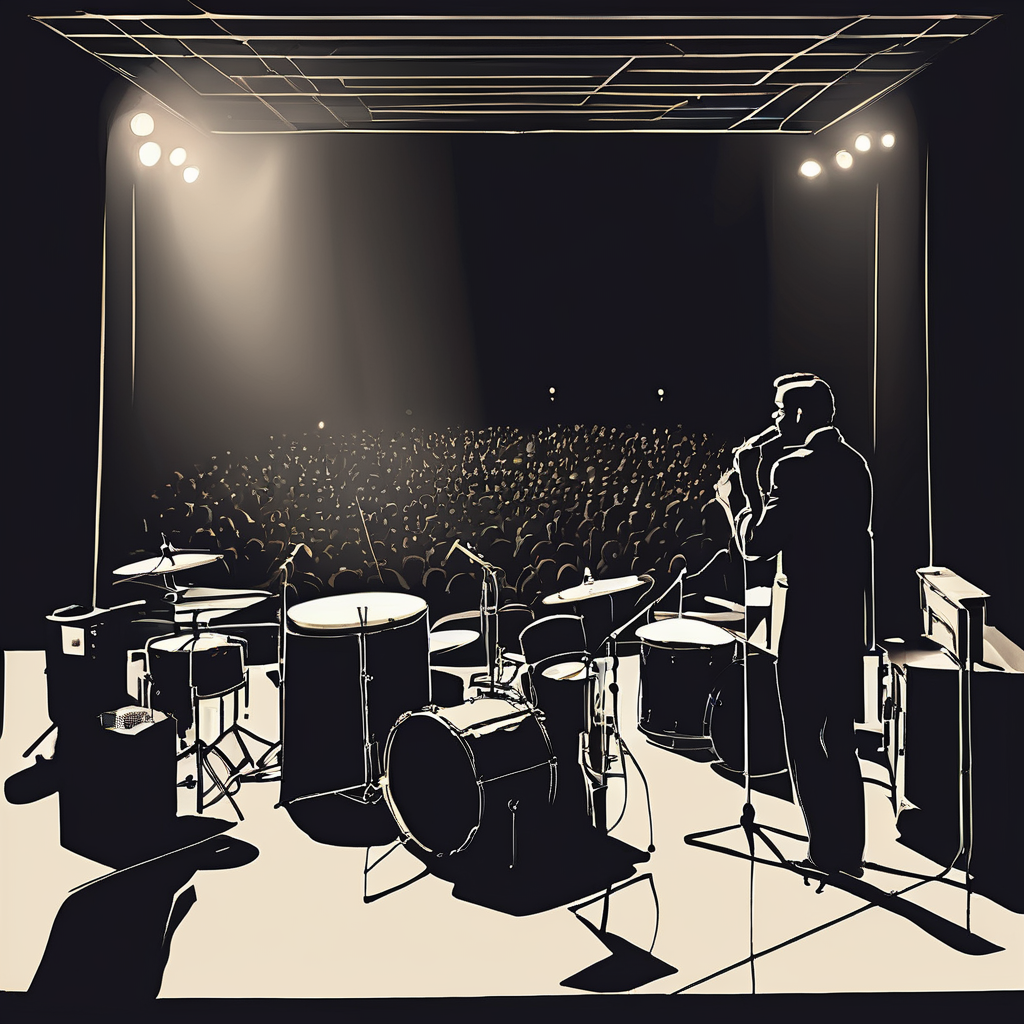Broadway actors, represented by the Actors’ Equity Association, have made significant progress in contract negotiations by reaching a tentative labor agreement with commercial producers over the weekend. This new three-year agreement involves key terms concerning health care, scheduling, and physical therapy. The agreement must now be ratified by the union members to take effect.
Jason Laks, president of The Broadway League, expressed satisfaction with the negotiations, stating that both parties reached terms they are comfortable with. He emphasized their commitment to negotiating in good faith and thanked the mediators for their assistance in this process.
However, the situation remains urgent as the American Federation of Musicians Local 802, representing around 1,200 musicians, is still in negotiations without a resolved contract. Members of the musicians’ union have already voted in favor of strike authorization as they press for a deal. Notably, both unions have been operating under expired contracts, with the actors’ contract expiring on September 28 and the musicians’ on August 31.
The successful negotiation for actors provides a glimmer of hope for the future of Broadway, which has slowly been recovering after the dramatic shutdowns due to the pandemic. Al Vincent Jr., executive director and lead negotiator for Actors’ Equity, voiced strong support for the musicians as they continue their negotiations with the League, hoping to avoid a strike that could disrupt the industry once again.
“Avoiding a strike is crucial,” the musicians’ union stated, as they prepare for further negotiations while acknowledging the collective support from their fellow actors.
The stakes are high, as history shows the impact of labor disputes on Broadway. A significant strike in late 2007 halted performances for 19 days, resulting in substantial financial losses for producers and the city. While the current negotiations reflect a step towards stability, the focus now shifts to the musicians whose contracts remain unresolved.
The atmosphere is steeped in cautious optimism, as both unions collectively advocate for fair treatment, potentially setting a precedent for the treatment of performers in the arts. These developments suggest an increasing solidarity among performers, which is essential as the industry navigates a landscape shaped by past disruptions and future aspirations. With continued dialogue and collaboration, there is hope that both actors and musicians will come to a mutually beneficial agreement, strengthening the fabric of Broadway for years to come.
